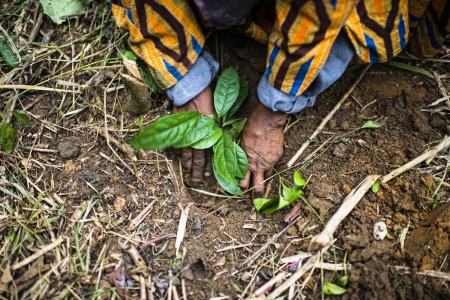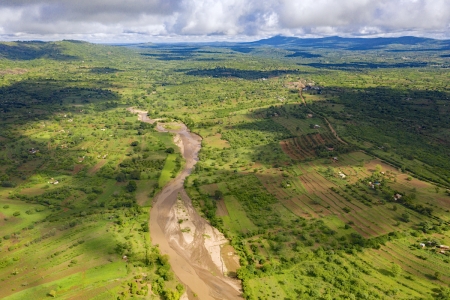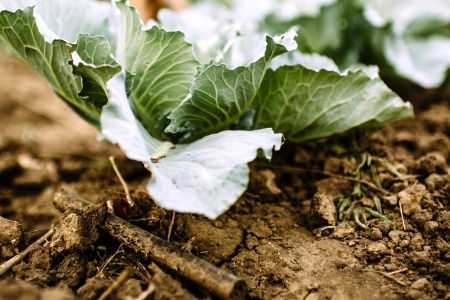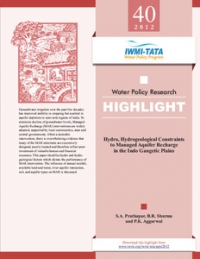A new three-year project that will pilot and scale locally viable and gender-responsive circular-economy solutions was launched on 24 September in Nairobi, Kenya.
The Gender-responsive Innovations for Soil Rehabilitation, Alternative Fuel and Agriculture for Resilient Refugee and Host Community Settlements in East Africa project is funded by Germany’s Ministry for Economic Cooperation and Development (BMZ). Sited in Uganda, Kenya and Ethiopia, its focus is Resource Recovery and Reuse solutions for low-space agriculture and energy provision.
The project aims to reduce soil degradation and competition for natural resources among refugees and the communities that host them. Agroforestry is part of improving the soil and energy equation.
Implemented by a consortium with deep technical and operational strength, the project is co-led by the International Water Management Institute (IWMI) and World Agroforestry (ICRAF) with the partial contribution of the CGIAR Research Program on Water, Land and Ecosystems (WLE). Its main partners are International Center for Tropical Agriculture (CIAT), Penn State University, Wollo University, Danish Refugee Council and Adventist Development and Relief Agency.
But why refugees and why Resource Recovery and Reuse (RRR)?
The CGIAR, a global partnership for a food-secure future and improved natural resources, to which IWMI, ICRAF and CIAT belong, has rarely worked with refugees. In 2016, ICRAF ventured into a refugee project, funded by the UK Department for International Development in Chad under the Building Resilience and Adaptation to Climate Extremes and Disasters programme.
But fast forward to 2019 and ICRAF has ten projects with displaced people. What is happening? It is partly that displacement is impossible to ignore.
‘We are now witnessing the highest levels on record,’ states UNHCR, the UN Refugee Agency. ‘An unprecedented 70.8 million people around the world have been forced from home.’
But it is also because approaches developed by CGIAR centres, which have until now been applied in relatively stable development contexts, are increasingly relevant to humanitarian crises and need to be trialed. IWMI’s Solomie Gebrezgabher, who leads the new project, is behind several of them.
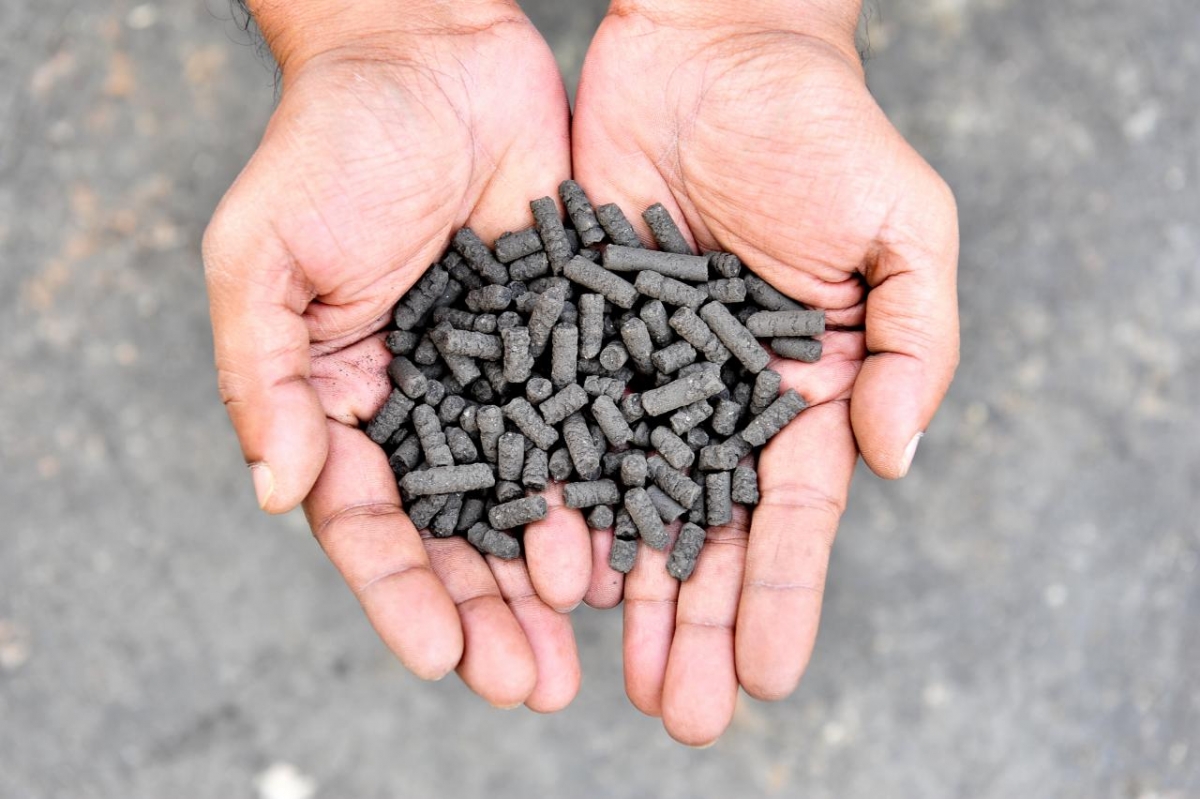
‘We have developed solutions like pellets from faecal sludge for agriculture and safe wastewater reuse for urban agriculture,’ said the Ethiopian economist. ‘These RRR solutions and other innovations from low-space farming can be adapted to work in refugee settlements.’
In IWMI’s Circular Economy Research Group, Gebrezgabher develops business models for circular-economy solutions and analyses their economic, social and environmental sustainability.
IWMI defines ‘circular economy’ as an approach that productively reuses water, nutrients, organic matter and energy from domestic and agro-industrial waste streams.
The project is co-led by ICRAF bioenergy researcher, Mary Njenga, who has developed solutions to cooking-energy poverty in urban and rural settings. In one of her simplest yet most radical proposals, she has shown the feasibility and benefits of cooking from the pruned branches of trees on farms that are harvested in a systematic pruning regime.
In the landscapes where refugees and host communities co-exist, says the Kenyan scientist, the shortage of energy as trees are depleted has immense environmental and social impacts, including on nutrition.
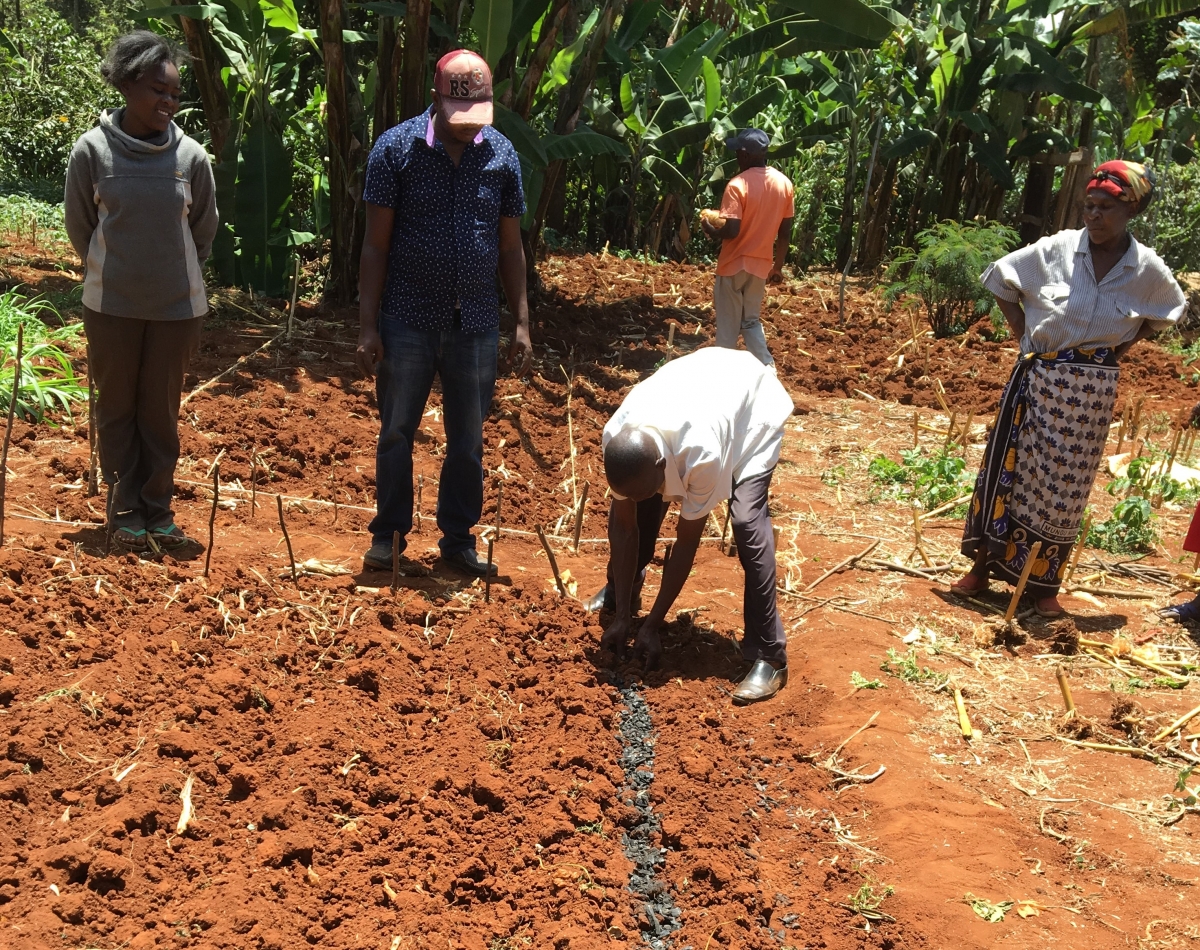
‘In the refugee camps in Kenya, food insecurity is driven by energy poverty. They barter food rations for charcoal or firewood. Five days of food is exchanged for three days of firewood.’
But what if an alternative, such as cooking on briquettes from organic matter from kitchens and locally available biomass that usually goes to waste, became the norm? What if agroforestry, safe reuse of wastewater, and the application of biochar and compost from organic waste to crops became commonplace? The answers could be in the next steps of the project.
Researchers from IWMI, CIAT and ICRAF will together field-test with partners approaches to these challenges under the circular-economy umbrella, with support provided under the competitive grant for international agricultural research centres from BMZ.
The project team will implement research activities in and around Kalobeye and Kakuma refugee camps in Kenya; Imvepi and Rhino Camp in Uganda, where refugees live in ‘settlements’; and Tierkidi refugee camp in Ethiopia. Uganda is currently the largest refugee-hosting country in Africa followed by Ethiopia and Kenya and the third largest in the world.
The two NGOs — Danish Refugee Council in Uganda and Kenya; and Adventist Development and Relief Agency in Ethiopia — will be technically supported by the CGIAR centres to develop capacity and pilot interventions.
Ruth Mendum of Penn State’s Office of International Program, College of Agricultural Sciences will lead on gender, her role backed by Hatch Appropriations and the National Institute of Food and Agriculture of the US Department of Agriculture.
Wollo University’s Desta Woldetsadik will coordinate activities in Ethiopia and Coventry University’s Andrew Adam-Bradford will lead capacity-building around low-space farming.
UNHCR and UN Habitat are partners for expanding the scale and sharing in dialogues.
‘Circular thinking offers solutions that link sanitation, waste management and natural resource management,’ said Gebrezgabher at the project’s inception meeting on 24 September 2019.
There was huge optimism for the project.
‘While making sure people own it, let’s be bold,’ said Natalia Topa, permaculturalist and Regional Resilience and Livelihoods Coordinator for East Africa and Great Lakes for the Danish Refugee Council. ‘We can get methane from human waste, turn something potentially pathogenic into something good, turn trash into cash.’
Zippy Mbati from the UN World Food Programme said that what was needed for refugees was ‘self-reliance activities like kitchen gardens to expand their capacities for production’.
Eighty percent of the budget will go to develop the capacity of refugee and host communities, directly benefiting over 3600 people. Media, including radio, will be deployed to sensitize an estimated 200,000.
In its training, piloting and scaling, the project builds on years of research into technical solutions and their business models. Demonstration of RRR innovations aims to influence scaling up by humanitarian organizations and local government.
After the launch, Gebrezgabher, Njenga, Mendum, Woldetsadik and ICRAF Uganda representative Clement Okia travelled to Arua in Northwest Uganda to familiarize themselves with Rhino Camp refugee settlement and introduce the project to the Office of Prime Minister, the government entity responsible for refugees, and UNHCR. Both received it well.
In Rhino Camp, the researchers were struck by the greenness and abundance of biomass, but they were cognizant of the hot, rainless months ahead.
‘Although the refugees dry and store vegetables and spices for the dry season,’ said Gebrezgabher, ‘we need to increase their resilience by introducing other options, such as safe reuse of grey water for dry season farming.’
‘Come the dry season,’ Njenga said, ‘it will be another story. We need to help them prepare.’

